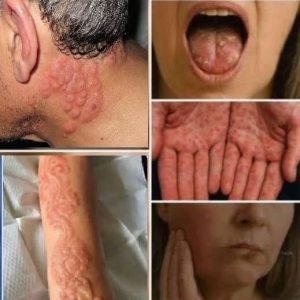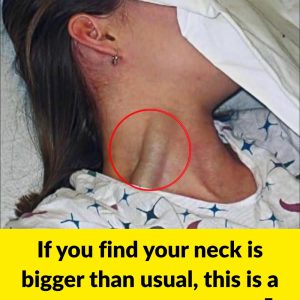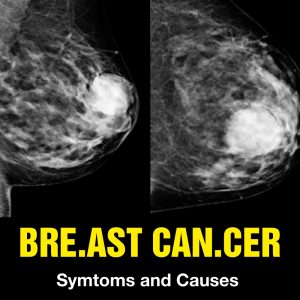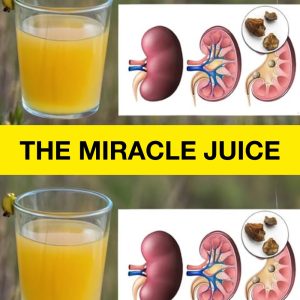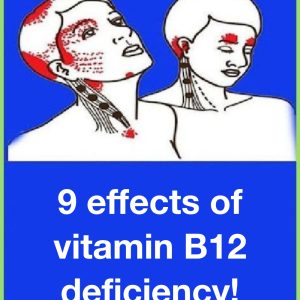Once a pore becomes clogged, it can trap bacteria inside. The most common bacteria involved is Propionibacterium acnes (P. acnes), which normally lives on the skin without causing harm. But in a blocked pore, this bacteria can multiply, leading to inflammation, swelling, redness, and the formation of a pimple.
There are different types of pimples, including blackheads, whiteheads, papules, pustules, nodules, and cysts. Blackheads form when the clogged pore remains open and the surface darkens due to oxidation. Whiteheads happen when the pore closes up. More severe forms, like cysts or nodules, occur deeper in the skin and can be painful.
Several factors contribute to pimple formation. Hormonal changes during puberty, menstruation, pregnancy, or stress can increase oil production. Certain skincare products, makeup, and medications may also block pores. Diet, especially high-glycemic foods or dairy, might play a role in some people, though research is still ongoing.
Good skincare habits—like gentle cleansing, avoiding heavy products, and not picking at pimples—can help reduce outbreaks. In some cases, over-the-counter treatments with ingredients like benzoyl peroxide or salicylic acid are effective. For persistent or severe acne, a dermatologist may prescribe stronger medications.
In summary, pimples form due to clogged pores, excess oil, dead skin cells, and bacteria. Understanding this process can help in managing and preventing breakouts.
